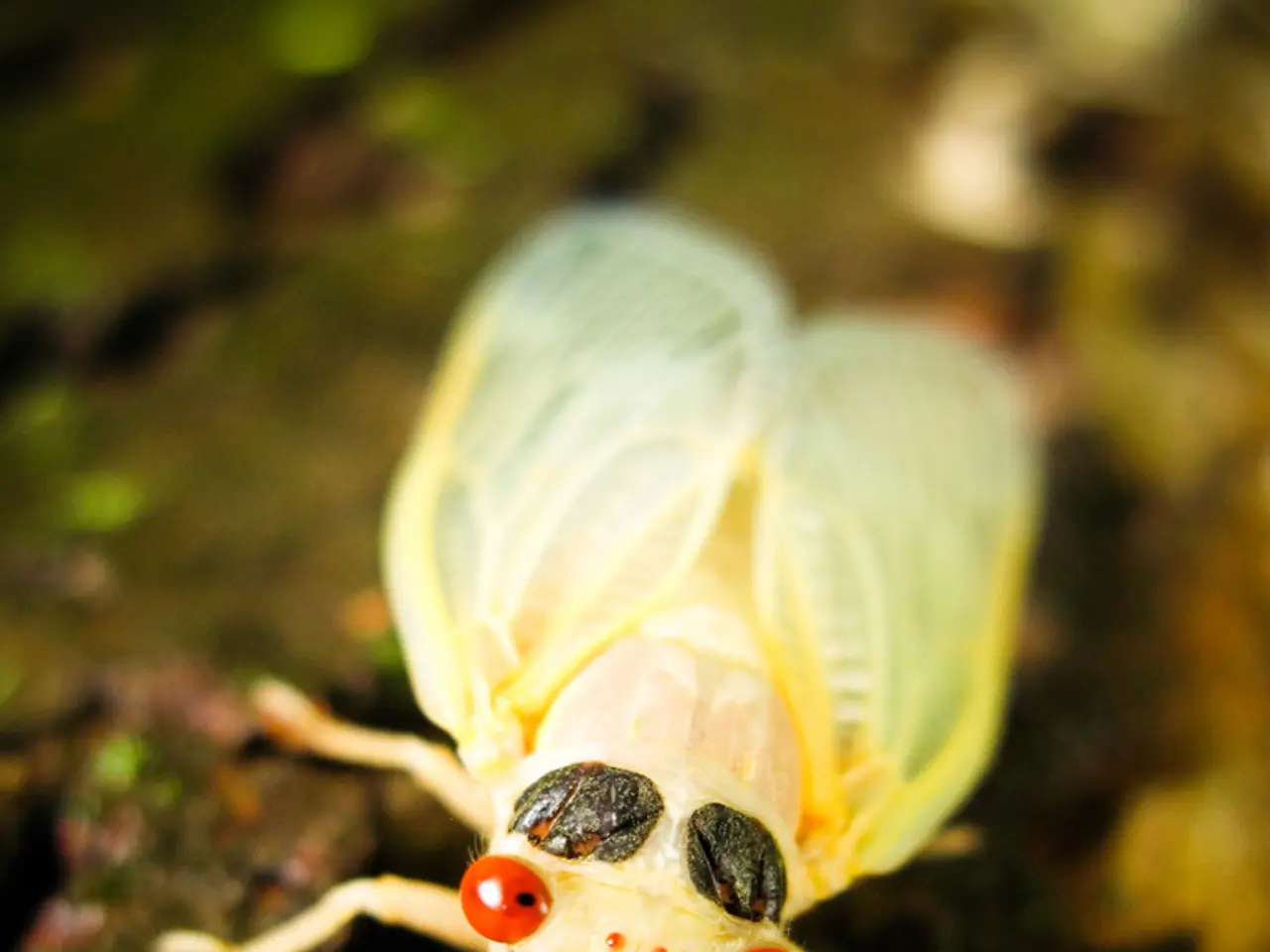Soil Infiltrators: Identifying Unwanted guests in Your Plant's Ground
In the world of gardening, soil mites can pose a challenge for plant enthusiasts. However, with a focus on environmental management and mild treatments, it's possible to control soil mite populations without harming beneficial insects.
- Reduce Soil Moisture
Mites thrive in moist environments. Allowing the top inch or two of soil to dry out between waterings can significantly reduce mite populations. Overwatering should be avoided, and improving airflow around plants can create drier conditions unfavorable for mites.
- Use Horticultural Sand
Adding a layer of horticultural sand on top of potted soil reduces surface moisture and deters mites. This practice doesn't affect beneficial insects.
- Apply Mild Neem Oil or Soap Solution
A dilution of 1-2 tablespoons of neem oil mixed with water and mild dish soap can be sprayed on the soil surface every few days for a week to help reduce mite populations. Neem oil should be used carefully, as overapplication may also harm beneficial microbes, so avoid heavy or frequent use.
- Maintain Proper Soil Hygiene
Using sterilized, fresh potting mix rather than old garden soil can prevent introducing mites and their eggs. Regularly check plants, and repot if mite populations become noticeable.
- Avoid Broad-Spectrum Pesticides
These can harm beneficial insects essential for plant health. Instead, focus on the above natural and cultural controls.
These methods emphasize creating an environment less favorable to soil mites while preserving beneficial insect populations essential for natural pest control and soil health.
When it comes to controlling root aphids, a combination of control methods is most effective. Azadirachtin, derived from the neem tree, can be applied as a soil drench. Beauveria bassiana, a type of fungus, is also used as a biocontrol for root aphids. Systemic insecticides can be used, but caution should be exercised when treating consumable crops. Careful monitoring is necessary, and regular checks should be made to detect any infestations early.
For fungus gnats, yellow sticky traps, cider vinegar traps, or flypaper can help control their populations. Covering the drainage holes with synthetic fabric and exposing the soil with a layer of sand can also help prevent them.
Springtail populations can be managed by removing decaying organic matter and reducing moisture levels in the environment. In cases of severe infestation, insecticidal soap or pesticides specifically designed for soil-dwelling insects may be used, but these should be used with caution.
Finally, the Sf/Hb Nematode Combo can interrupt root aphid reproduction cycles, offering another natural and effective solution for controlling these pests.
In conclusion, by adopting these natural and cultural methods, gardeners can effectively control soil mites and other common pests, all while preserving the balance of beneficial insects in their gardens.
- Cultivate a Home-and-Garden Lifestyle Conducive to Soil Mite Control
Incorporating practices such as reducing soil moisture, applying mild neem oil or soap solutions, maintaining proper soil hygiene, and addressing decaying organic matter can create an environment that discourages soil mite populations while promoting the health of beneficial insects.
- Expand Your Hobby to Include Home-and-Gardening Skills
As a plant enthusiast, expanding your knowledge to include gardening techniques such as the use of horticultural sand, controlling fungus gnats with yellow sticky traps, and managing root aphids with azadirachtin and Beauveria bassiana, not only aids in soil mite control but also ensures a thriving, balanced home-and-garden ecosystem.




